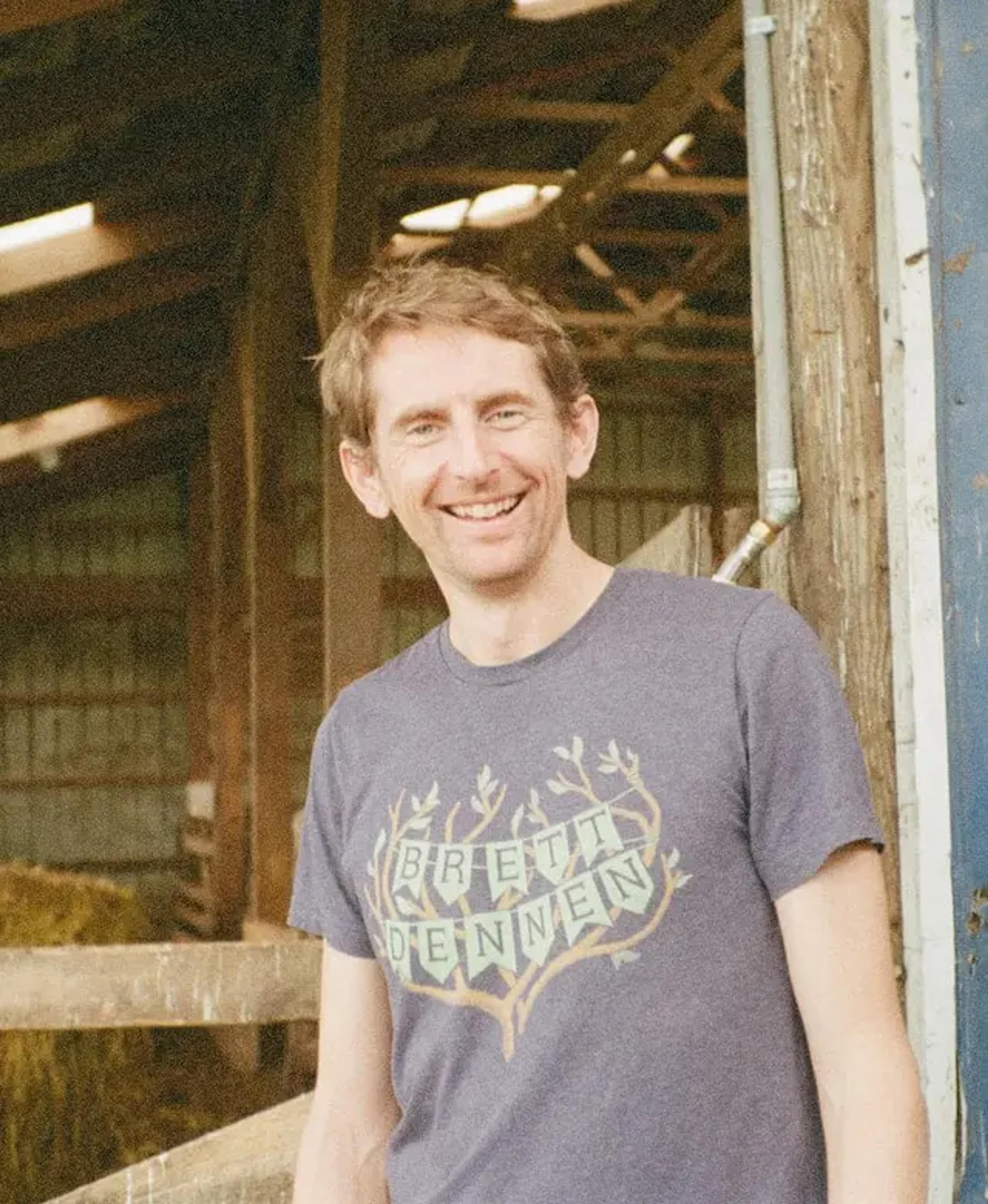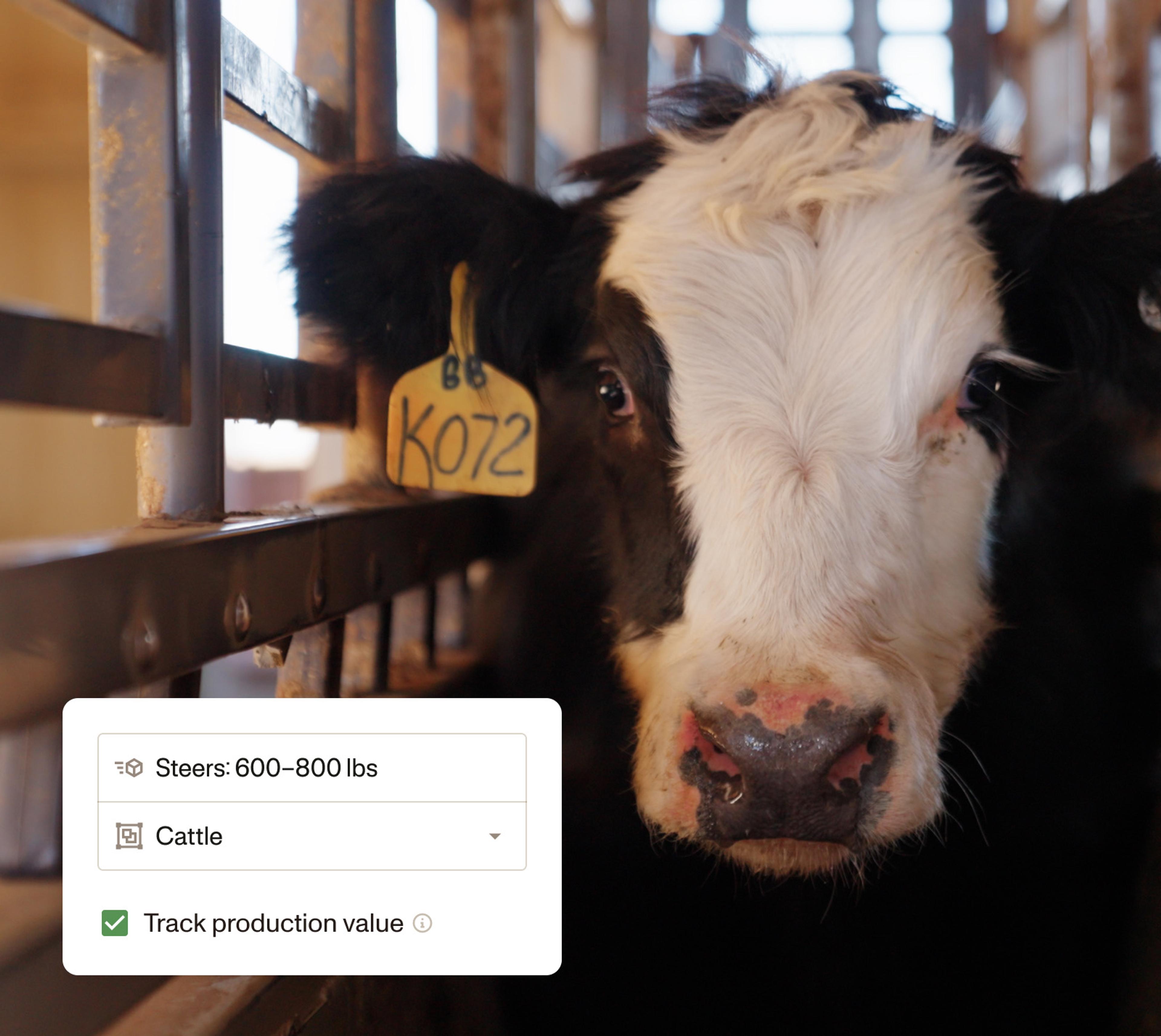How a customer-centric bug fixing approach strengthened our product.
In Ambrook’s early days, when there were only a handful of farmers and ranchers using the platform, we made personalized customer service our top priority. Now, serving more than 2,000 businesses, this commitment hasn’t wavered — even when contending with the challenges of scaling up.
Our Customer Success (CX) team has always played a pivotal role in product development, ensuring that outside feedback directly influenced what we built. We know that quick iteration with our customers — including responding to bugs they surface — helps us build a better product. A side effect is that our customers build a deep sense of trust in our team that gives us the time to continue building new features that turn them into loyal customers.
Balancing Growth and Stability
As we scaled, we faced a classic challenge: balancing the need to fix existing issues with the demand to develop new features. In fall of 2024, we introduced several key features, including solving the messy inbox problem, location and project tracking, and the ability to slice a user’s data by operational units — all while seeing a huge growth in our customer base. Given the complexity of the businesses we support, this expansion inevitably surfaced previously unidentified bugs.
While major issues were always resolved quickly, smaller usability “papercuts” — like needing to refresh a page to load content or inconsistencies with newly launched tags — were often overlooked. With a small team focused on larger feature sets, it became hard to show steady progress to customers. We needed a way to build trust with our users by addressing the pain points that affected their daily bookkeeping, without slowing down new feature development.
Introducing “Bug Day”
This past January, after 40xing our customer base in the previous year, we restructured how we tackled bugs. Instead of assigning tickets to engineers at the start of the week and letting them slot fixes into their individual workflows, we dedicate one full day each week for the entire engineering team to focus on resolving customer pain points identified by the CX team. We run the day like a high-energy hackathon — regularly checking in on how the team is doing and aiming to burn down the list of issues as much as possible. At the end of the day, the engineers demo these changes to the CX team so that they can communicate changes back to customers — such as performance increases on page loads, or cutting down bookkeeping time by retaining tags on copied entries.
Over the last five months, we’ve reduced the number of bugs reported per thousand users by 56%.
These demo sessions have quickly become the CX team’s favorite weekly meeting — filled with numerous 🎉, 🙌, and ♥️s — to show our customers’ (and our) appreciation for these fixes. For the engineering team, it’s turned bug fixing into a shared, high-energy effort, with a tight feedback loop and real momentum. It’s also created a space for our distributed engineering team to come together and rally around a single objective for the day.
The Impact of a Tighter Feedback Loop
The results of this shift have been profound:
Greater empathy and alignment: By having dedicated time and a clear process for working through outstanding bugs, engineering and CX are more in sync with one another. The CX team better understands the tradeoffs that the team needs to make between developing new features or fixing existing problems, and engineers have greater empathy for how solving seemingly small problems can have an outsized impact on customers.
Balancing individual customers with collective impact: As we’ve grown, we’ve shifted our approach from addressing individual requests to tackling common customer pain points. By involving the CX team in solving these issues, we ensure that our solutions not only address widespread concerns while feeling connected to the impact on individual customers.
More effective bug fixes: We’re spending the same amount of time on bugs, but resolving issues in a way that connects engineering and CX more closely. The greater customer understanding and empathy among the engineering team has led to improved testing coverage for new features and a reduction in newly created bugs: Over the last five months, we’ve reduced the number of bugs reported per thousand users by 56%.
By strengthening team collaboration and instilling a customer-first mindset, we’ve kept the customer experience as the foundation for what we build daily. This approach has helped us maintain trust and responsiveness with our customers, even as our user base expands.
What’s Next?
We grew exponentially in 2024, and we’re just beginning. This year, we’re planning more big feature launches — like inventory and more AI-enabled features — all of which are centered around what our existing and prospective customers need to be successful. As we build these features and think towards another massive year of growth, we also need to ensure we’re building the right things at the right time to maintain the growth we saw last year and draw in a new set of customers.
We’re working on more ways for us to stay close to what a user experiences in our product every day:
More time hearing from customers during All Hands: We’ve always shared clips from the CX and sales teams conversations with our customers during our Friday All Hands meeting. We’re going to build on this by hosting a conversation with a customer during this meeting each month.
Focusing on improvements as well as bugs: We strive to build an incredibly high quality product. As we’ve worked through the backlog of bugs on Bug Day, we’ve started to look at bringing in the small workflow improvements that add up to big improvements but often get overlooked for bigger changes. This gives us the opportunity to continue to work closely across teams while showing customers that their experience is improving all the time.
Design Partner programs: We built our core product with a group of amazing customers who have agreed to give us early feedback and beta test new features, called Design Partners. As we grow, we’re continuing to build groups of Design Partners who can help us create the tools that they need to see their business grow.
If you’re interested in learning from customers every day in ways like this and more, we’re hiring across teams! See more at ambrook.com/careers.







